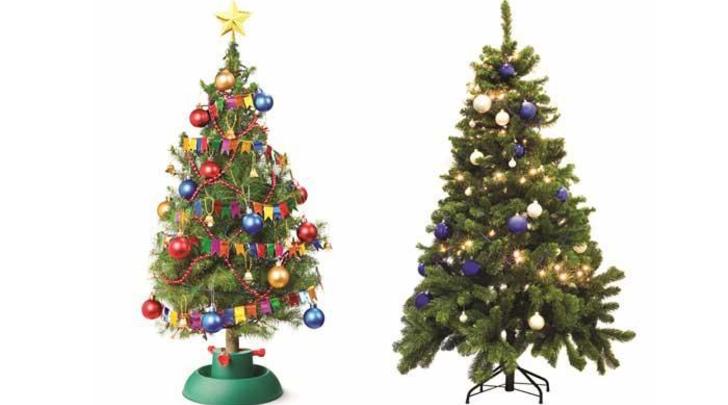What's greener?
What's greener? Real vs fake Xmas trees
Dr Michelle Dickinson

Real
|
| Carbon footprint equals 3.13kg of CO2 |
|
| Fertilisers and pesticides can be used heavily in non-organic tree farms |
|
| Absorbs nitrogen from the soil and CO2 and methane from the air during its 6-8 years of life |
|
| Biodegradable, and has lower greenhouse gas emissions if composted rather than burned after Christmas |
Fake
|
| Carbon footprint equals 18.6kg of CO2 |
|
| Made from non-renewable materials (polyvinylchloride [PVC], polypropylene [PP] and steel) which are difficult to separate for recycling so end up in landfill |
|
| If you keep it for eight years or more, it has less environmental impact than eight live trees |
|
| Convenient and easy to maintain |
The verdict
Natural trees are the obvious green option – and nothing says Christmas like the smell of a freshly cut pine! Remember, try to buy local to save on transport costs – and if you want to light up your tree, consider using low energy or even solar-powered LED lights.
Another green option is to buy a live potted pine tree which can be brought inside and decorated during Christmas, then put outside for the rest of the year. And if that sounds too hard, remember that a fake tree is just as green if you can keep it for eight years or more!
Have an eco dilemma that needs expert advice? Email [email protected] with ‘My dilemma’ in the subject line, or write to Green Ideas, PO Box 47177, Ponsonby, Auckland 1144.


